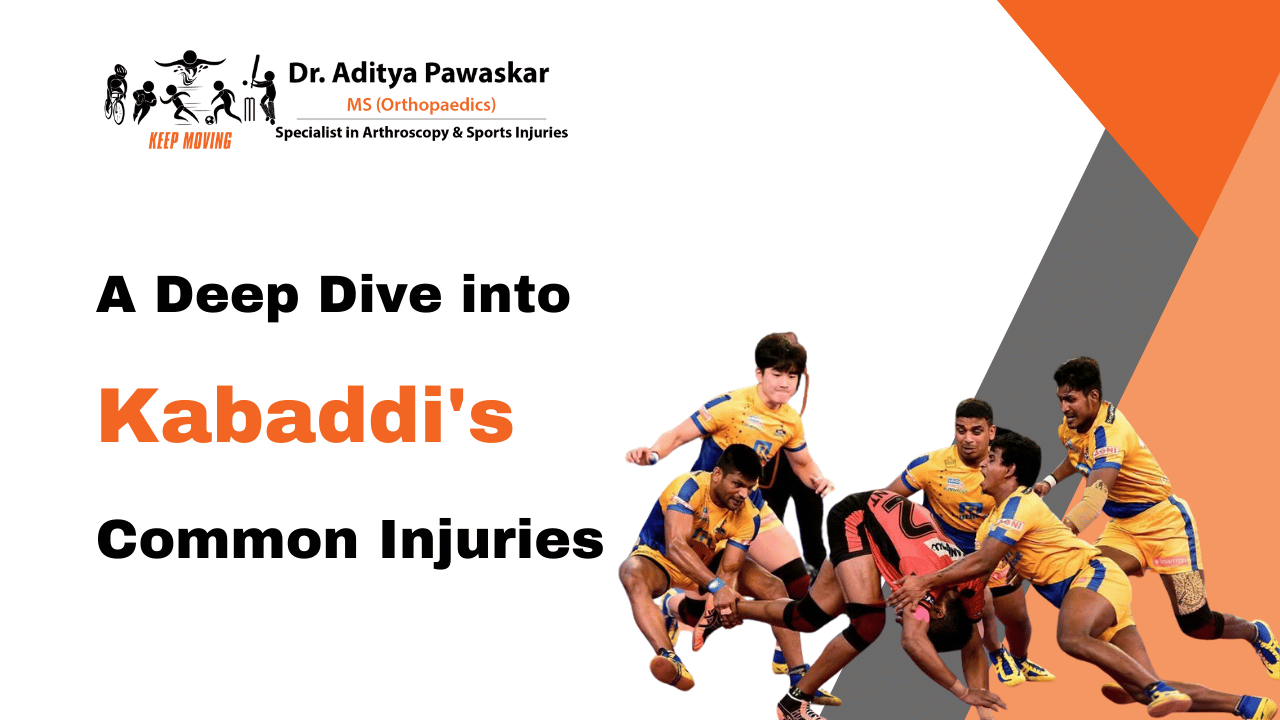
Introduction
Kabaddi, a traditional Indian sport, has gained immense popularity worldwide in recent years, thanks to various professional leagues and international competitions. With its fast-paced nature and physical demands, Kabaddi is not just a game of skill and strategy but also a sport that comes with its fair share of risks.
Injuries are an inevitable part of any sports activity, and Kabaddi is no exception.

Let's examine some of the common injuries in Kabaddi and how players and coaches can effectively address these pain points.
Ankle Sprains and Strains
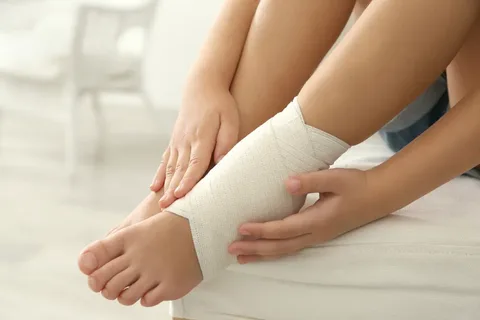
- One of the most prevalent injuries in Kabaddi is Ankle Sprains and Strains.
- Players often experience pain, swelling, and limited mobility when they suffer from ankle sprains or strains.
The main prevention strategies are

- Strengthening exercises focusing on the ankle, calf muscles, and lower limbs can help improve stability and reduce the risk of sprains.
- Proper warm-up routines before training or matches can prepare the muscles and joints for intense activity.
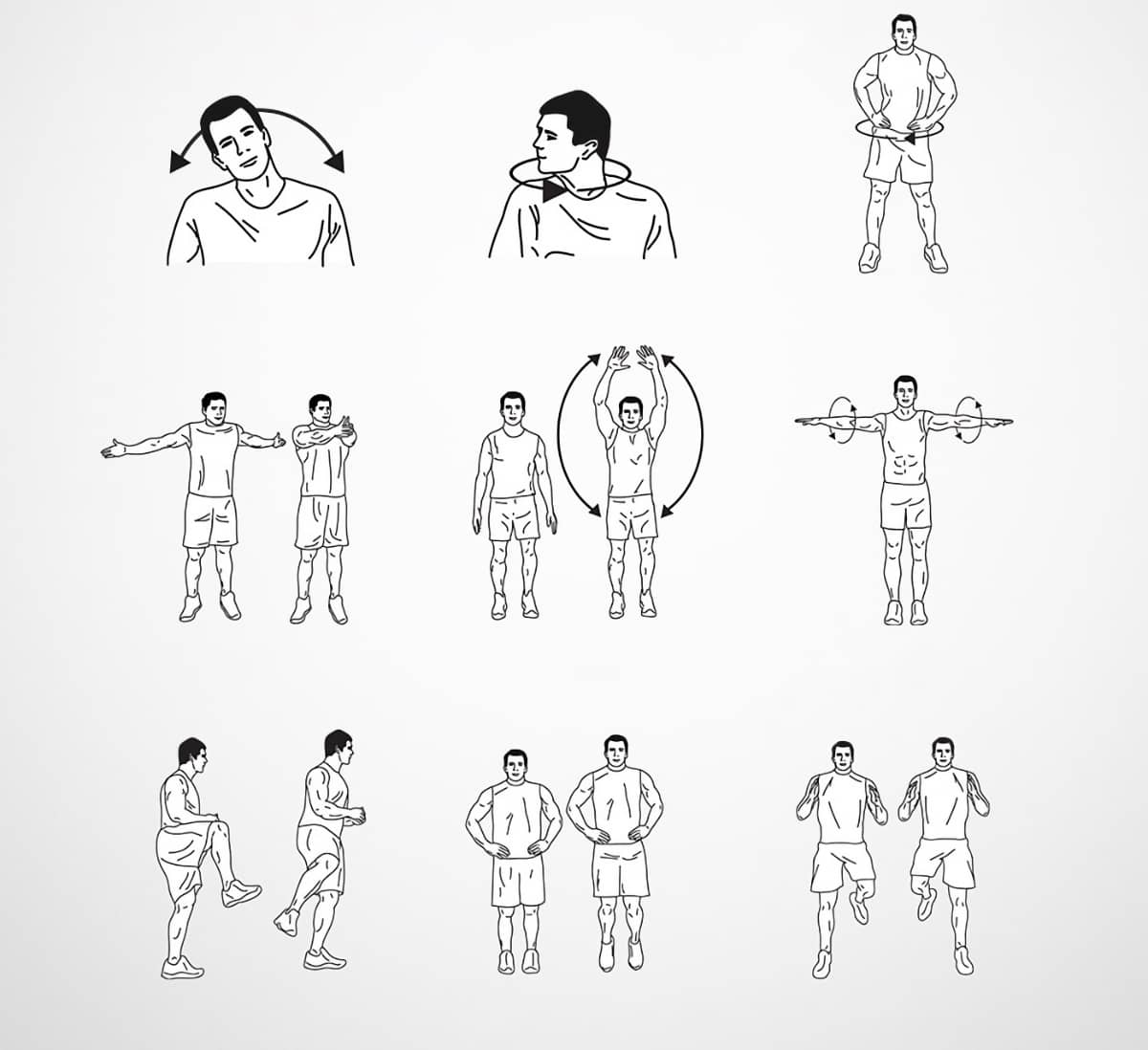
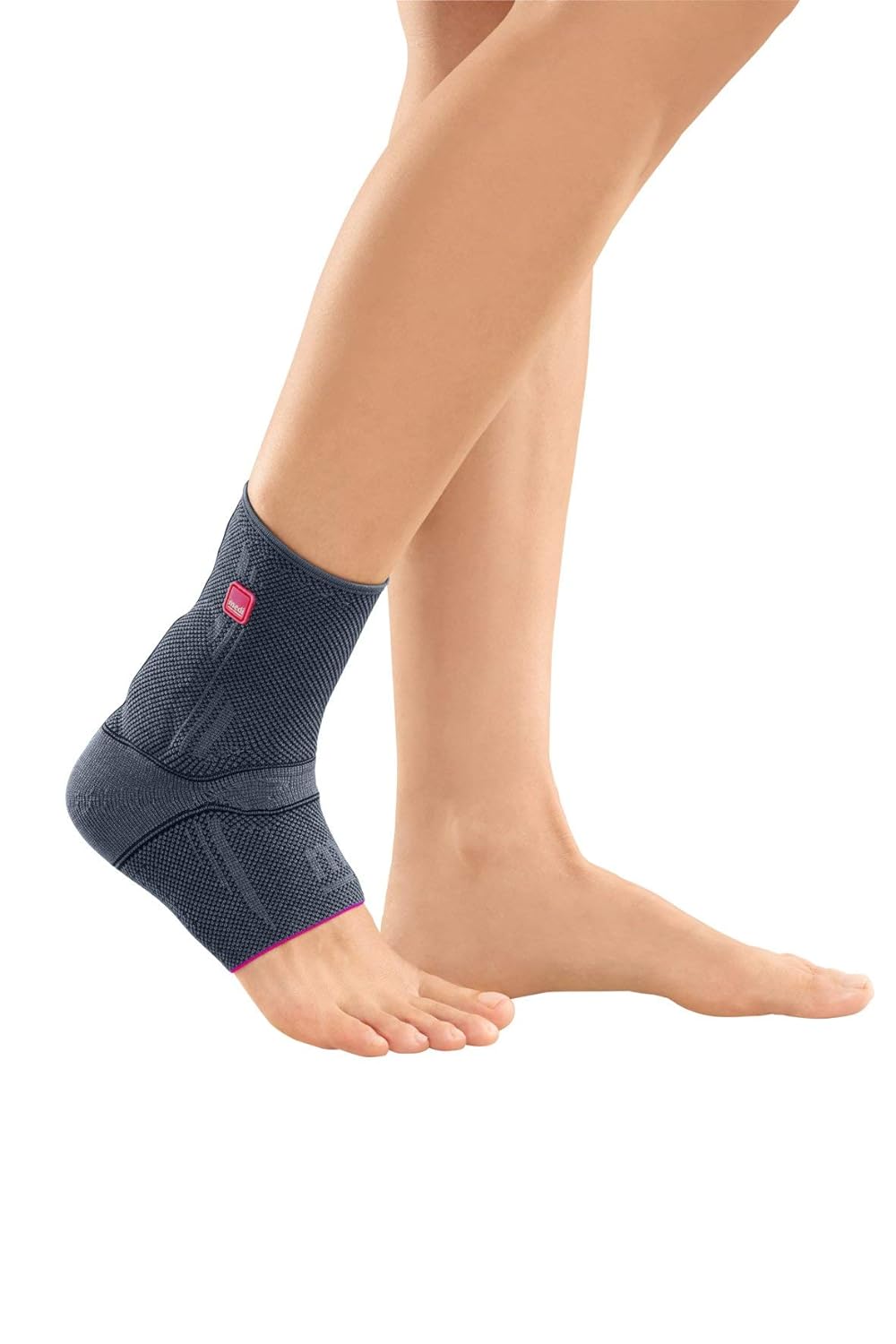
- Using ankle braces or tape for added support during games can also be beneficial.
Knee Injuries

- Common knee injuries in Kabaddi include ligament tears, meniscus injuries, and patellar tendonitis. These injuries can significantly impact a player's mobility and performance.


The main prevention strategies are
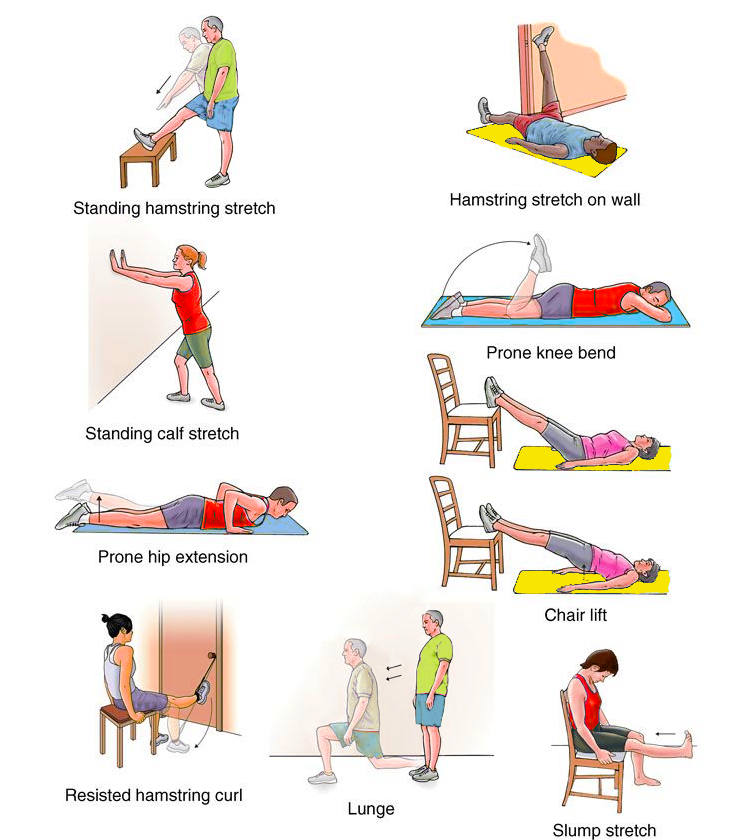
- Incorporating exercises to strengthen the quadriceps, hamstrings, and glutes can provide better support to the knee joint.
- Maintaining proper form during tackles and raids can reduce the risk of twisting or hyperextending the knee.
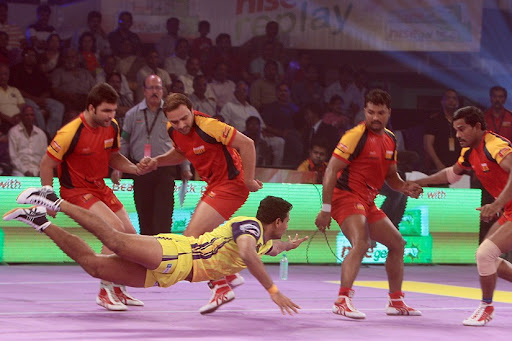

- Rest, ice, compression, and elevation (RICE) therapy can help manage acute knee injuries, along with professional medical evaluation and treatment.
Shoulder Dislocations and Rotator Cuff Injuries

The nature of Kabaddi involves grappling and pulling opponents, leading to potential shoulder injuries such as dislocations and rotator cuff tears.
The prevention techniques for shoulder dislocations are:
- Strengthening exercises targeting the muscles around the shoulder, including the rotator cuff muscles, can improve stability and prevent injuries.
- Proper technique and body mechanics during tackles and defensive manoeuvres can reduce the risk of excessive strain on the shoulders.
- Physical therapy and rehabilitation play a crucial role in recovering from shoulder injuries, along with rest and gradual return to play protocols.

Back Strains and Sprains

Improper lifting techniques, sudden twists, and overexertion can contribute to back injuries among players. To prevent this, practice the following tips:

- Core strengthening exercises are essential for maintaining spine stability and preventing back injuries.
- Practising proper lifting and tackling techniques can reduce the strain on the back muscles.
- Adequate rest and gentle stretching can help alleviate back pain and promote recovery.
Contusions and Abrasions

Direct contact with opponents, especially during tackles and raids, can result in these minor injuries.
To prevent this, practice
- Wearing appropriate protective gear such as knee pads, elbow pads, and padded clothing can minimize the impact of collisions and reduce the risk of contusions and abrasions.
- Prompt treatment of minor injuries with ice packs, antiseptic ointments, and bandages can aid in healing and prevent infections.



Conclusion
- In conclusion, it's imperative for Kabaddi players and coaches to prioritize injury prevention strategies and proper management techniques to safeguard player safety and well-being.
- Consulting with Dr. Aditya Pawaskar, a respected sports medicine specialist in Mumbai, adds invaluable insight to this effort.
- By addressing prevalent issues such as ankle sprains, knee injuries, shoulder problems, back strains, and minor contusions, the Kabaddi community can foster a safer and more sustainable approach to the sport.
- Training regimens that emphasize strength, flexibility, technique, and recovery serve as vital pillars in Kabaddi injury prevention, enabling players to thrive and shine on the competitive stage while minimizing the risk of injuries.

The Best Sports Injury Specialist In Mumbai
- Dr. Aditya Pawaskar is one of the best Arthroscopic Surgeon & Sports Medicine Doctor in Mumbai for treating ailments related to Arthroscopy & Sports Injury in Mumbai. Dr. Aditya Pawaskar provides high-class treatment and personalized care to patients.